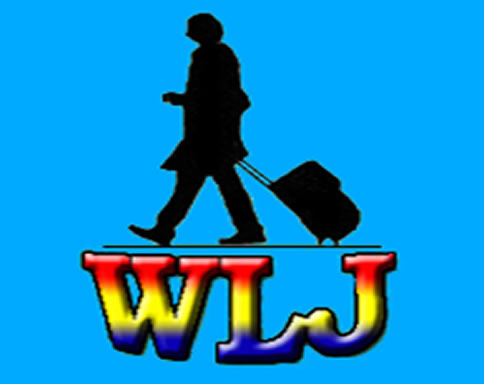
Location:
Bolivia is situated in the central-western part of South America and it’s one of the two countries from the continent without any ocean or sea coast. Its neighbors are Peru and Chile in west, Argentina and Paraguay in south and Brazil in east and north.
Area/Surface:
1.098.581 km²
Population:
10.908.000 people
Capital:
La Paz 2.364.000 and Sucre 300.000 people
Currency:
Boliviano
Languages spoken:
Spanish, Quechua, Aymara
Religion:
Roman-Catholic
Government form:
Republic, Democracy
Time zone:
-4 hours Greenwich time
Cars:
BO
Calling code:
+591

Bolivia
Capitals, relief, lakes and rivers:
Bolivia is one of the world’s countries with two capitals: La Paz and Sucre. La Paz, the largest Bolivian city represents the administrative capital and the headquarters for the government and Sucre is a smaller city that represents the constitutional and legal capital and the headquarters of the juridical power. Both capitals are situated in the Andes at a high elevation. Practically, La Paz is the highest capital in the world. Bolivian relief is composed by a high chain of the Andes followed by a large region covered with equatorial forest. The Andes are split in two mountain chains: the Occidental Cordillera and the Oriental Cordillera with a maximum width of more than 600 km.
The biggest and most important Bolivian lake is Titicaca at the border with Peru in the west side of the country. Among the most important rivers are Rio Beni, Rio Madre de Dios, Rio Guapore and Rio Mamore. (Find more journeys on blog.worldlifetimejourneys.com) The Bolivian Platform is a region situated between the Andes mountain chains and has more than 800 km length and more than 300 km width. It’s also known as Altiplano and has elevations of more than 3.700 m height but is home to the most of Bolivians.
Climate, resources and population of Bolivia:
The climate is tropical but it varies according to the elevation and the temperatures are between 8 and 26º C in Altiplano. Bolivia is one of the poorest countries in South America where the population works in mining and forestry. It has important resources of silver and Potosi mine is famous and the largest in the world of this kind. But the silver was replaced in 1895 with the tin. Other mineral resources extracted are the ones of zinc, plumb, copper and uranium. More than a half of the national exports are coming from petroleum and natural gas. Bolivia has an urban population, but the rural areas make the standard of life to be very low and the life very difficult. More than two thirds of the population is from the natives Americans like Quechua and Aymara. Visit Bolivia!
 Lake Titicaca in Bolivia
Lake Titicaca in Bolivia



